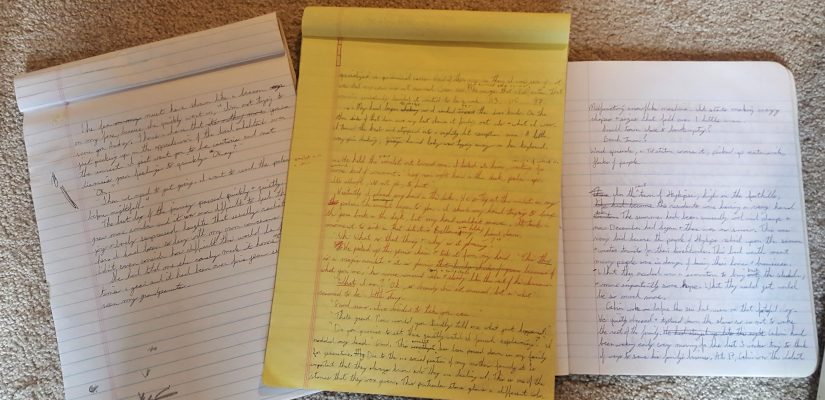
Creative Writing – Finding Your Creative
My husband was going through some boxes in his office recently and ran across some old notepads of mine. In addition to the usual randomness you’d expect to find, there were parts of a couple of stories I had started over a decade ago but never finished.
I used to write all of the time. In my junior high/high school years, writing short stories was my escape and how I dealt with teenage stress. Even into college my friends and I would pass a story back and forth, each adding a section. Actually, my favorite thing I’ve written was a collection of short stories I started on in 8th grade and continued with for years. They are about a guy named Bob. They are simple and short, but they always make me smile.
I haven’t done any creative writing in quite a while and finding those notepads reminded me of the happiness I used to get from the simple act of writing. One of the stories was a really short one about magic snowflakes that I wrote on the short flight between Seattle and Sacramento. Inspiration can strike at any time you just have to be willing to grab it when it appears.
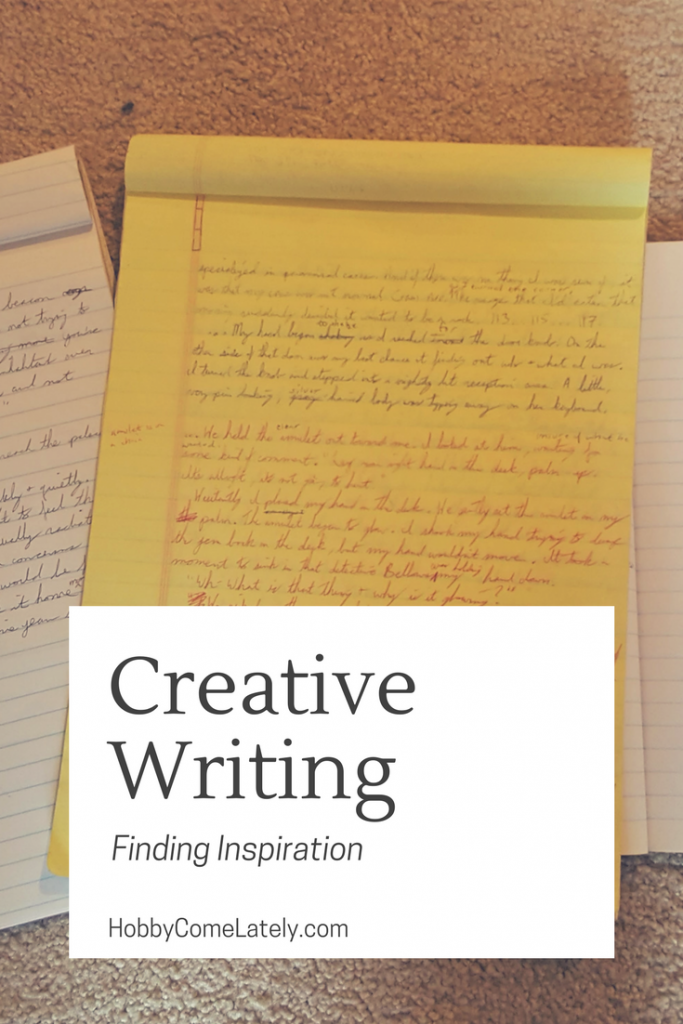
THE TOOLS
Something to write on and something to write with. That’s it (well, except for an idea which we’ll get to). It could be as basic as a scrap of paper and whatever pen you find laying around, a classic typewriter, a laptop, a beautiful leatherbound journal, whatever floats your boat. Personally, typing has always been my preferred writing tool. When I get in a flow, I have a hard time writing as fast as I think and pausing to catch up throws off my train of thought. I also have pretty bad handwriting and going back later and deciphering what I wrote can be a problem.
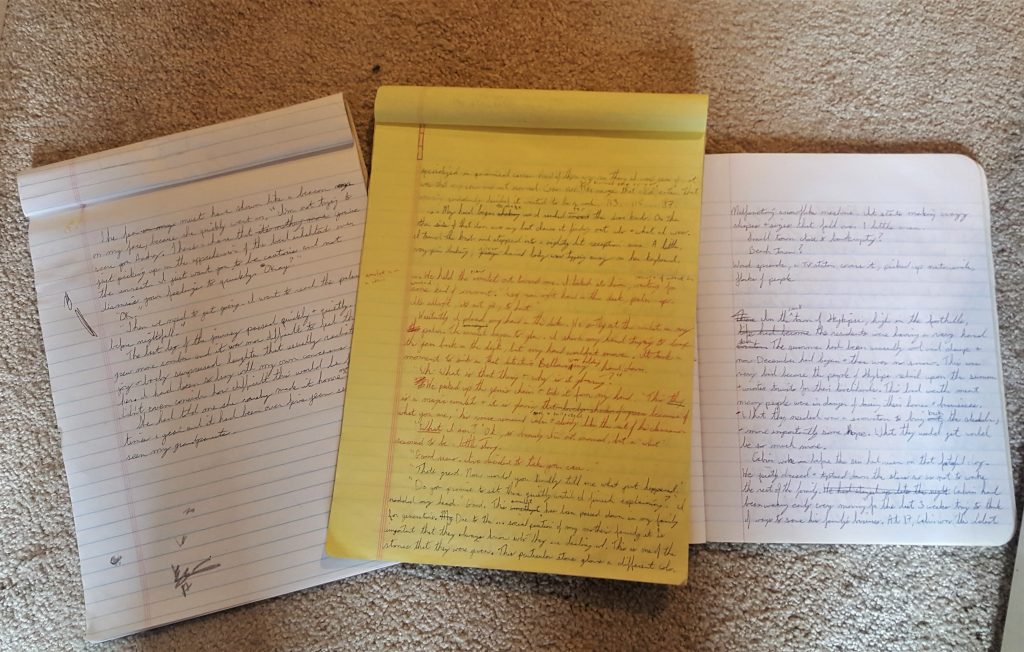
INSPIRATION
Creative writing can be both freeing and frustrating. Sometimes you just have something in your head that needs to get out. The words just flow together and the story almost magically materializes in front of you. Of course, when the right words just won’t come to you, the grrr arrgghs set in and you can’t even properly voice your frustration, and the cursor judgementally blinks at you from the blank white screen.
You’ll never truly eliminate them, but there are things you can do to help minimize the grrr arrgghs:
JOURNALS
Most of the how-to books and guides will tell you to journal every day and look to your own life for inspiration. Even if you don’t pull inspiration directly from your life, the practice of writing every day helps strengthen the “writing muscles” and gets your body and brain in the habit of writing which can actually help with inspiration. It helps to do your journaling at the same and in the same place so that your body and mind automatically start switching into writing mode at that time.
I love the idea of journaling, I love collecting pretty notebooks and have attempted journaling numerous times throughout my life. But the sad fact is, I’m a terrible journaler. I never kept a diary when I was younger, hated journaling assignments in school, even my bullet journal is almost all lists. I love creating new worlds with my writing, but writing about my day just feels like torture for some reason.
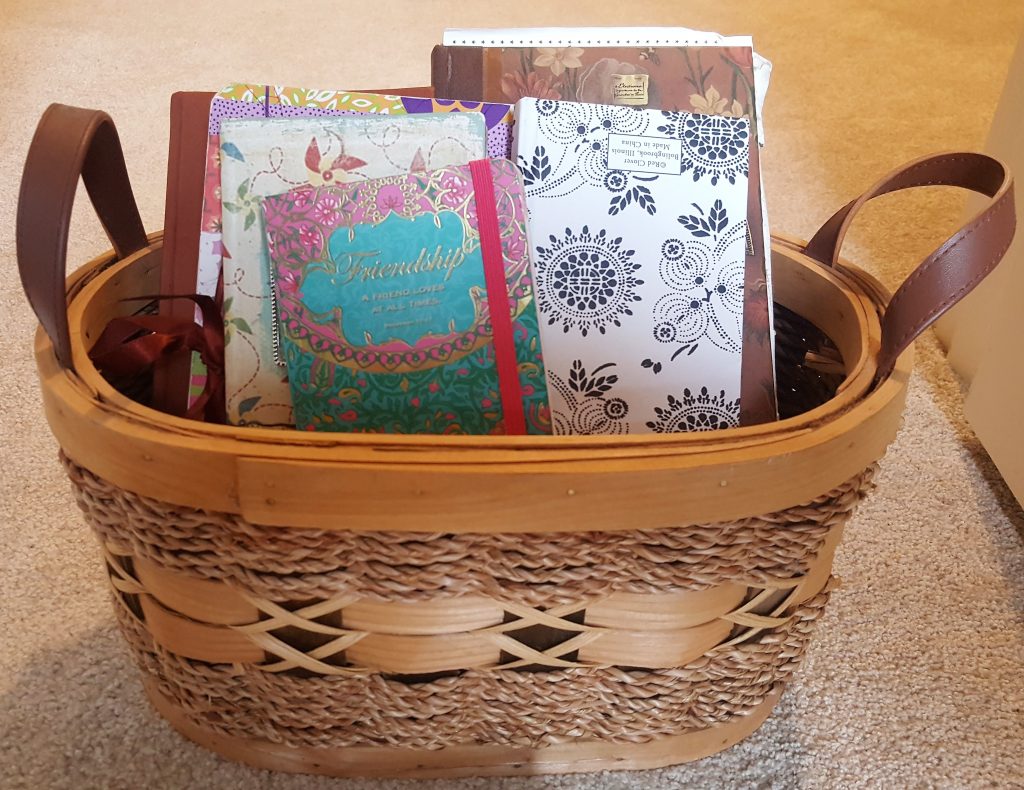
OUTLINES
The other big suggestion you will find is to write an outline of your story before you begin. If you know the key highlights of where you are going then you are less likely to get stuck. Or if you do get stuck, since you know the highlights of what you want to happen you can “skip” ahead to another section until you get the right words to fill in the in-between.
I love this idea and this is a concept I am working on. I’ve always been a by-the-seat-of-my-pants writer. I get a general idea of what I want to write about and then just go for it. I rarely know what is going to happen until I start seeing the words appear on the screen. This is a terrible way to write. When it works, it’s great (all of my Bob’s where written this way), but more often than not you end up writing in spurts and running into a bunch of walls.
One of the big arguments against outlines is that they stymy creativity and feel too much like you are writing an essay for school. I call b.s. An outline is simply a list of events you want to occur in your story and the order in which you think they will occur. They are not chiseled in a stone tablet or tattooed on your arm. They are editable guides that can be changed as often as you want. So when you suddenly get struck by a brilliant new direction go with it. Then when you hit a stopping point or get stuck, revisit your outline and make changes as needed.
Epilogue
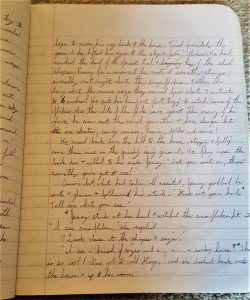
Creative writing isn’t for everyone. Even if you love to journal it doesn’t mean you will love creative writing. That’s okay. Maybe non-fiction memoir style writing is more for you. Maybe you just prefer to read other people’s writing. Personally, I love mystery novels but have never successfully written even a short mystery story. That’s okay because there are plenty of people out there writing good ones.
Writing stories, even when no one else reads them, makes me happy. That’s the thing about creative writing, it doesn’t have to be the next War and Peace, it can be a one-page story about a magic snowflakes. As long as you’re happy with it, who cares.